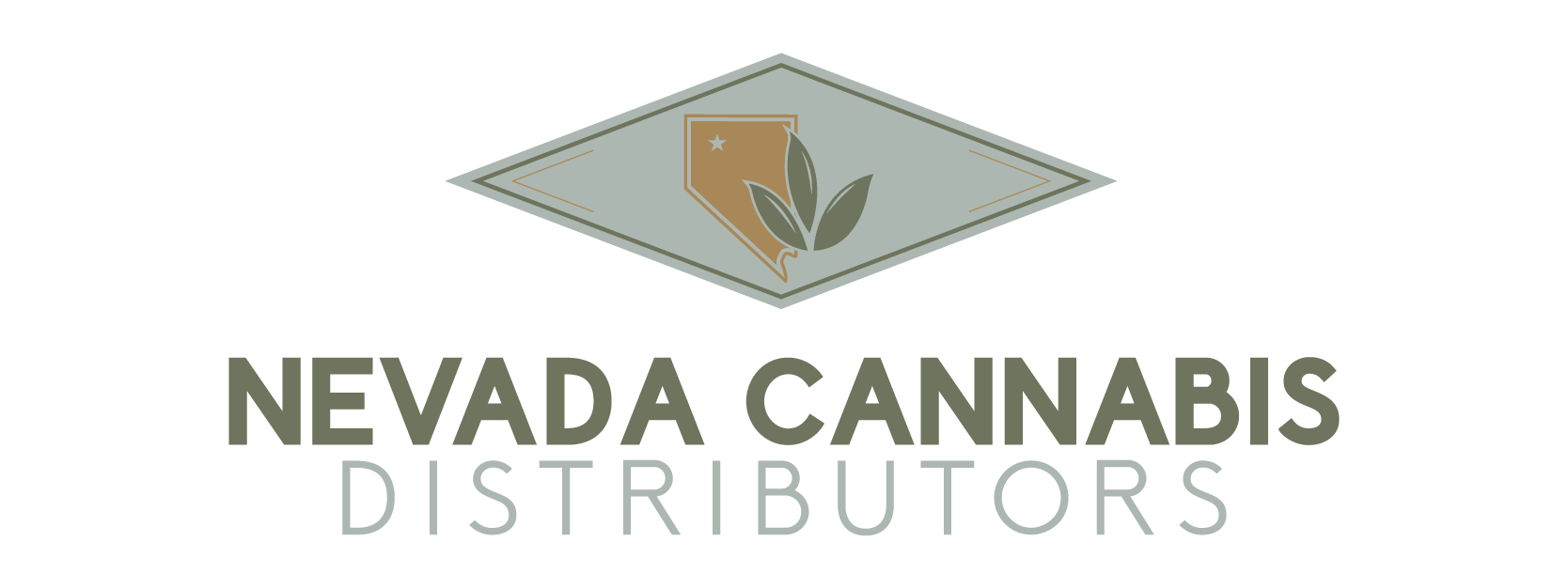Nevada’s legal cannabis distribution sector has been profoundly influenced by the state’s tourism industry, especially in Clark County. The relationship is multifaceted: while visitor spikes have driven wholesale and retail volumes, structural roadblocks and illicit competition continue to temper gains.
First, the data shows clear correlation between tourism trends and cannabis sales. When Nevada began lifting COVID‑19 restrictions in early 2021, Clark County cannabis sales jumped 32.6% in Q1, fueled by the return of tourists. July 2021 saw $93 million in monthly retail sales, driven by a 130% year-over-year increase in visitor volume. As travel rebounded, wholesale cannabis accounted for 63% of the state’s volume emanating from Las Vegas — despite housing only 21% of the population.
However, post-2021, total state cannabis retail revenue displayed a decline: from $965 million in FY2022 to $829 million in FY2024. This drop largely reflects falling prices rather than reduced demand. A 2024 report found legal flower and vape prices decreased significantly between 2021 and 2023, lowering total revenue even while volumes rose. Tourism ensures continued volume, but legal market price pressure—plus illicit competition—caps profit potential for distributors.
The illicit market remains a stubborn barrier to sector growth. In tourist-heavy areas like the Strip, state law prohibits legal retailers within 1,500 feet of gaming establishments, allowing illegal vendors to take full market share. Operators and policy experts agree: illegal sellers benefit from lower prices, easier access and lax enforcement. Focus groups from the Cannabis Policy Institute and the Nevada Cannabis Compliance Board urge enhanced enforcement and regulatory adjustments to better harness tourism demand.
Consumption lounges offer another vector for growth. Since June 2021, Nevada allowed alcohol-free cannabis lounges, offering tourists spaces to consume onsite. Yet progress has been slow; as of late 2024, only a handful of consumption lounges were operational (e.g., Smoke & Mirrors in February 2024), and some closures have dampened market optimism. Observers suggest a decade may be needed for lounges to gain true traction in tourism-driven gains.
Still, tourism remains a vital prop. The University of Nevada, Las Vegas’ Cannabis Policy Institute underscores the potential in packaging cannabis with gaming, entertainment and events—though current regulatory frameworks limit delivery and consumption options. A 2023 economic impact study projected the state’s cannabis industry (2018–2024) will generate up to $8 billion in economic benefit and over 10,000 jobs by 2024. A significant portion of that value is tied to tourism-driven spending on retail, hospitality, transport, and ancillary services.
In summary, tourism has undeniably boosted Nevada’s cannabis distribution in volume and jobs. Yet legal price erosion, illicit-market spillover in tourist zones, and slow rollouts of on‑site consumption infrastructure have constrained full economic potential. To maximize tourism’s power, Nevada must advance lounge licensing, bolster enforcement against illicit sellers, and integrate cannabis more strategically into its leisure economy.
